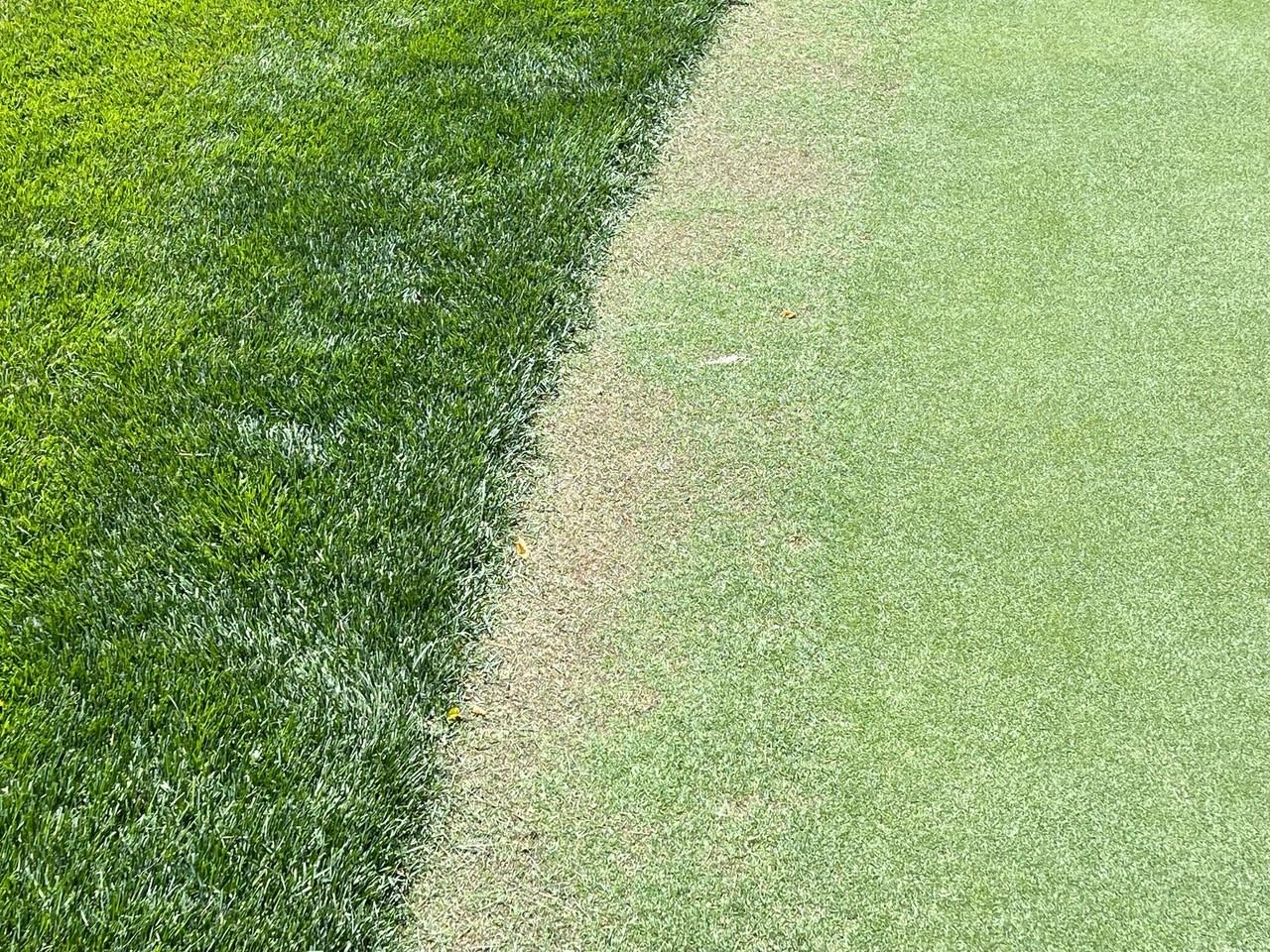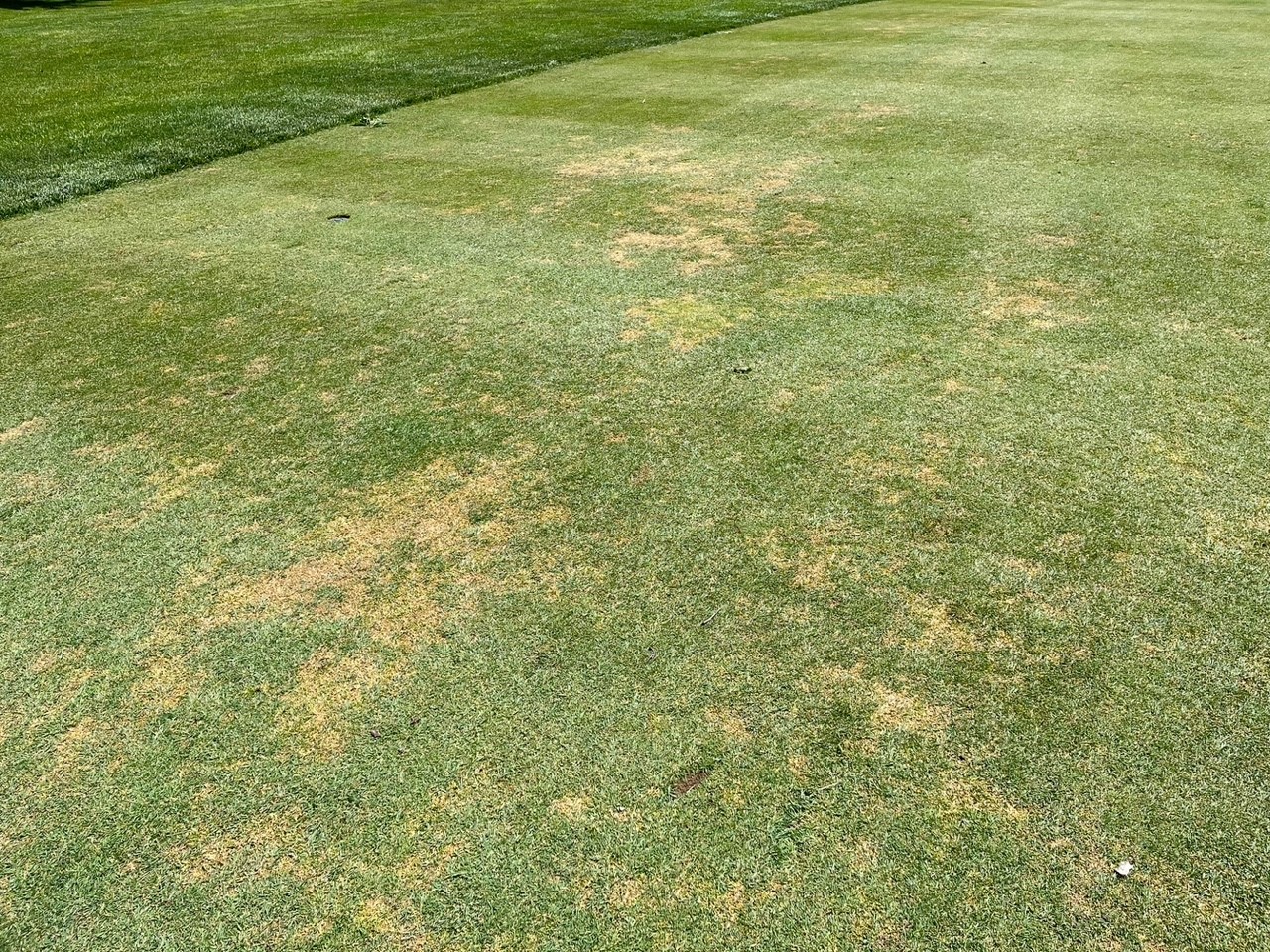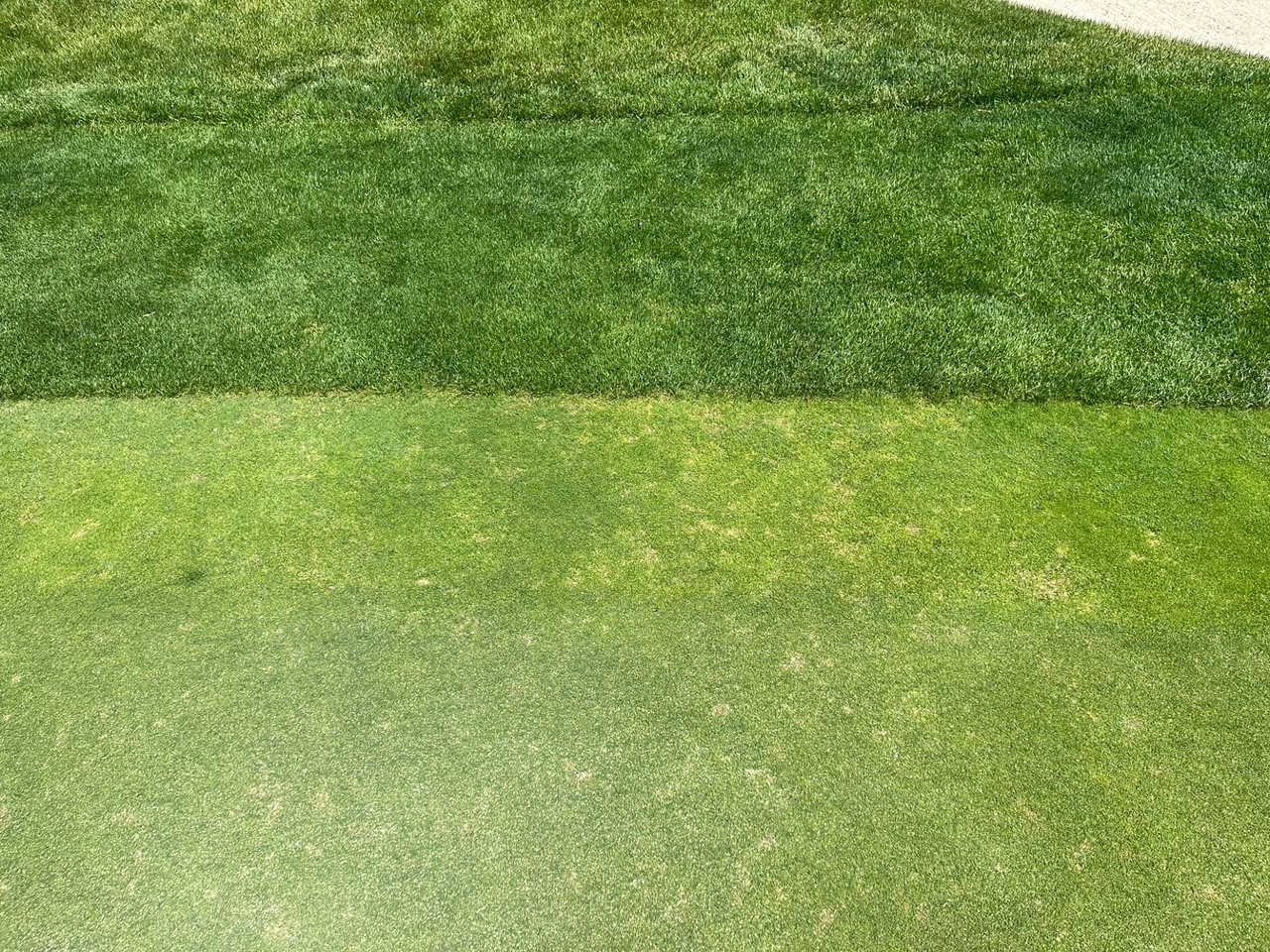Suspected annual bluegrass weevil on golf course in Michigan
Suspected annual bluegrass weevil has been initially identified on a golf course in southeast Michigan. This is a significant pest for golf course turf, especially annual bluegrass, and if confirmed will be the first occurrence in Michigan.

A turfgrass sample from a golf course in southeast Michigan was sent to Joe Vargas’ lab for disease identification last week but instead of a disease, insects that have been initially identified to be annual bluegrass weevil, Listronotus maculicollis Kirby, were found in the sample. Specimens have been collected for official identification. If confirmed, this is the first occurrence of annual bluegrass weevil in Michigan.
Annual bluegrass weevil is a pest of short-cut annual bluegrass (Poa annua) and creeping bentgrass (Agrostis stolonifera). Feeding and damage occurs primarily on golf course fairways, collars, tees and putting greens. Collars around greens and the edges of fairways are where damage usually appears first because the adult weevils begin crawling out of shrub beds, pine needles, and leaf litter when forsythia blooms. They crawl to the edges of fairways and greens until they find annual bluegrass. They lay eggs, and the damage that appearing this time of year is from the larvae that developed from those eggs.
A second generation of adults is likely later in the summer, and there could be more damage from second generation larvae in August, but damage from the second generation is not usually as bad as from the first generation. Damage is generally to annual bluegrass, but annual bluegrass weevil may also feed on creeping bentgrass.
The golf course with the suspected annual bluegrass weevil has observed damage on a creeping bentgrass collar and on annual bluegrass in greens and fairways. The damage in some instances looks like wilt, and in others looks like anthracnose with blighted areas initially similar in size to dollar spot. Golf course staff reported that the damage occurred very quickly. Turf literally went from healthy to brown or bronzed in just over 24 hours.



At this time, we don’t believe annual bluegrass weevil is widely distributed in southeast Michigan. Michigan State University Extension recommends golf course superintendents be aware and keep a close eye on the edges of fairways, collars and putting greens for signs of stress that appear rapidly that are not related to moisture stress.
There are many excellent resources for further information on annual bluegrass weevil including biology, life cycle and sampling techniques.
- Annual Bluegrass Weevil from PennState Extension
- Annual Bluegrass Weevil in Turf from North Carolina State
- Annual bluegrass weevil from Cornell University



 Print
Print Email
Email
